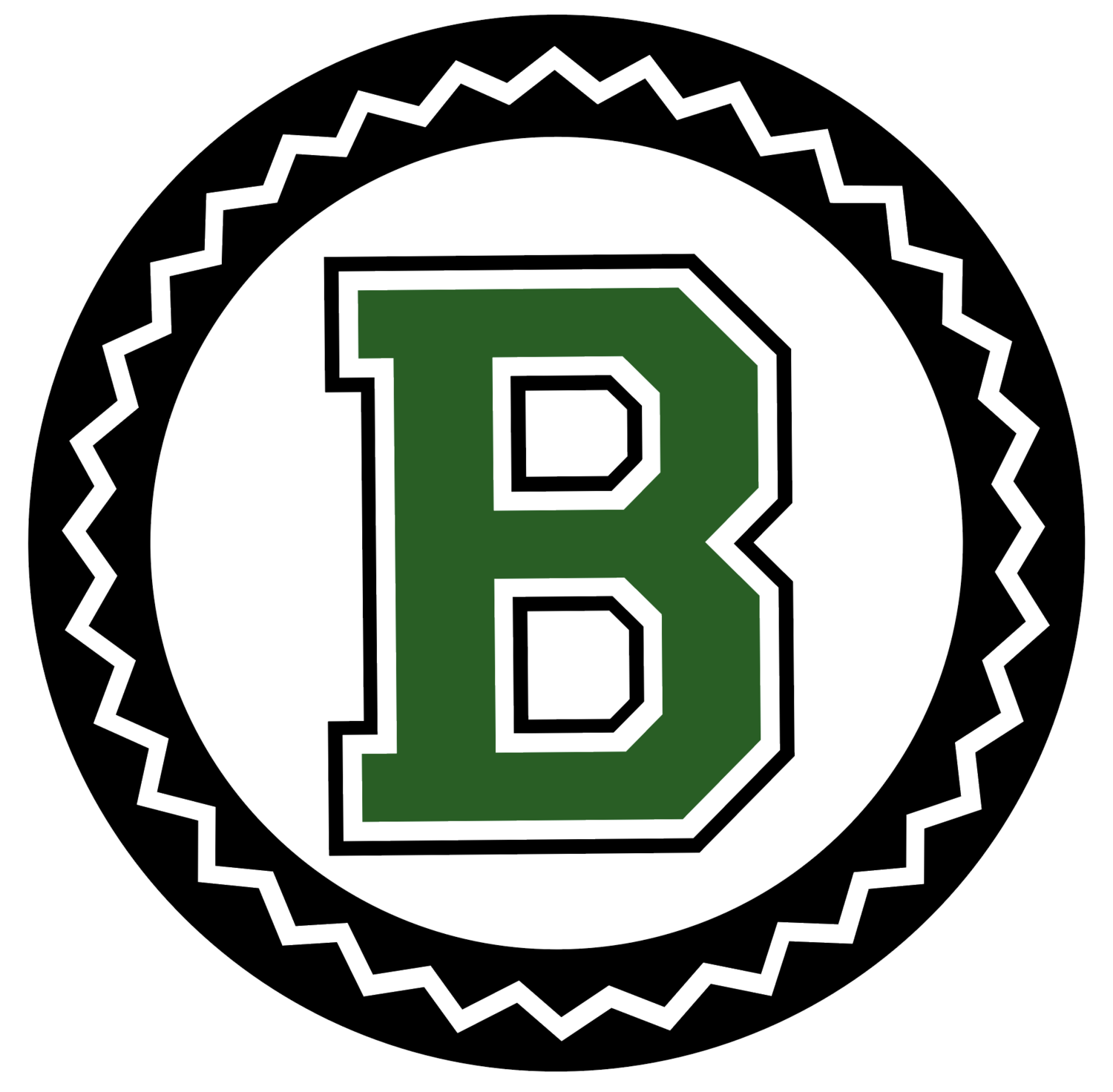Do you have questions? We have answers! If you don’t find what you’re looking for here, feel free to contact us for more information. You can also check out our Sprint 101 FAQ for questions about sprint paddling more generally.
-
Both programs have access to all of the Performance practice times—the difference is mostly in commitment and goals, and coaching.
High Performance athletes are expected to prioritize training, attend practice regularly, and plan ahead of time with a coach if they need to miss workouts; Performance Plus paddlers are welcome to come to practice whenever they like, no hassles. Performance Plus can join in the workout, but might choose other things to do—talk to the coach at practice about that.
High Performance will have more intensive coaching, with some coaches just focused on them. There may occasionally be some opportunities that are only available to High Performance as well, especially things that are limited in athlete numbers.
-
Any coaches can help with answering questions or making suggestions when needed. However, your primary coach is the one who will be in charge of your group and your training, and you should check with them first if you can. Different Performance groups will have different primary coaches, designated the beginning of the season; it can vary based on age, discipline, and training goals.
If you’re not sure who your primary coach is, just ask—it might change a little year to year or season to season, especially if you change groups.
-
Performance practices can shift to accommodate the needs of the training program, so make sure coaches have your info to send updates. In general though, typical training times will look like this:
Spring & Fall: weekdays 4:00-6:0pm (optional 7:00-8:00am some days); Saturdays 9:00-11:00am
Summer: weekdays 7:30-9:30am, 4:00-6:00pm (Wednesday pm off); Saturdays 8:00-10:00am
Weights, running, etc. will be in addition to those times—after practice is common in spring/fall, or between practices in summer.
-
Open Paddle times are generally for 18+. If that’s you then no problem, but remember you’ll need to check in with the Open coach. If you’re under 18 it might be something that can be arranged on a case-by-case basis, but talk to a coach ahead of time.
-
Canoe Kayak Canada requires that all participants under 16 wear a PFD at all times on the water; as a CKC club, Burloak follows that rule for all paddling practices. This will include everyone U16 age category regardless of whether you’ve turned 16 yet this year or not.
There are some other times that everyone will need to wear a PFD; the most common is during cold weather (defined by the CKC Code of Safety). Coaches might require wearing PFDs in other situations they feel present extra risk, entirely at their own discretion.
Legally, every boat needs to have PFDs onboard for all crew members, with one exception: racing boats at practice with a coach can be directly supervised by a motorboat instead. Because of the length of our creek and the possibility for water traffic, we cannot guarnatee that a motorboat will be able to attend you at all times, so we recommend having a PFD in your boat at all times (the fine for not having it is over $300 and will be entirely your own responsibility).
-
Yes, to race you do. Trials events (Provincial or National) are an exception—you’re racing for yourself there, not the club, so you can wear whatever you like.
-
Awesome! Setting the goal is step one, so you’re already on your way. Getting the right coaching is important too, and you’ll have that in Performance Sprint. Now you just need to train a lot, and train hard.
The Performance schedule is aimed at a group performing their best at Nationals. That’s a high level of training, but to go even further and make a National Team you’ll need an added layer of customized programming. It will mean extra or different work, since your competition season will look a little different.
Talk to your coach about your goals, so you can plan together how you’re going to approach that level of intensity, volume, and commitment.
-
Crew selection can be a complex process, too complex to fully explain here. There are a few priorities that coaches will be balancing when choosing who races in what crew, though: performance potential, race schedule and limits, long-term development, balanced racing opportunities, and commitment are some of those factors.
If there are crews that you are especially interested in racing make sure your coach knows. Choosing crews will ultimately be up to the coaches though, making those decisions is part of their job. If you’re at all unclear on how a crew is being selected, please ask! We want those processes to be as clear for everyone as possible.

